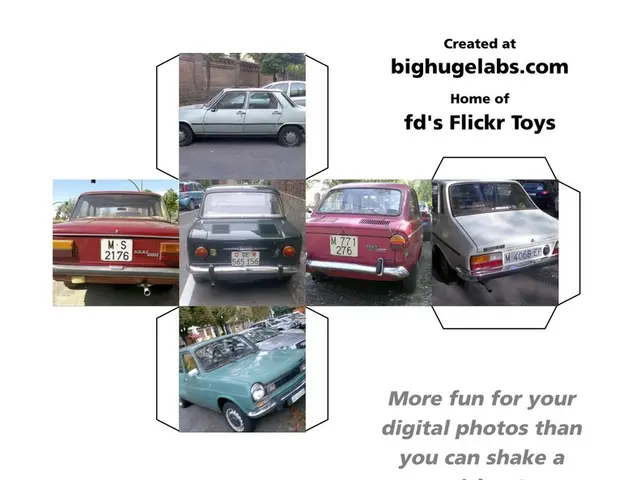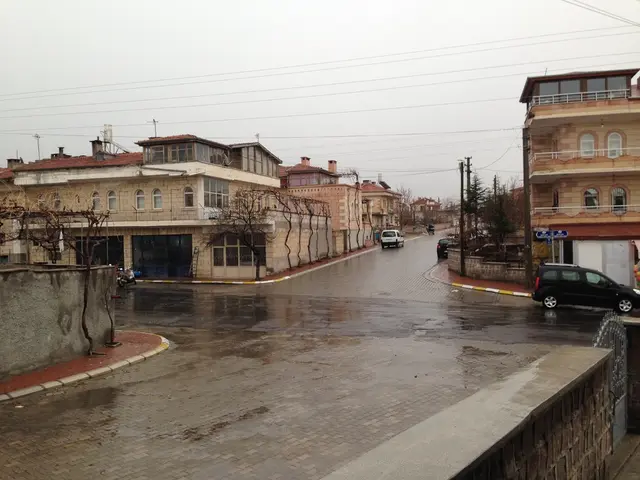Germany Leads Europe in Electrified Roads Revolution
Germany leads the way in European countries with three operational electrified roads, while Sweden and Norway have one each in the works. Siemens is at the forefront of this technology, with two more roads under testing in Germany. These innovative systems allow vehicles to charge on the move, eliminating the need for charging stations.
Germany's electrified roads avoid manual intervention, with vehicles receiving energy while driving on equipped roads. Confirmed projects include the 'EcoTow' electric aircraft tug project at Frankfurt Airport, set to deploy in Q4 2026. Sweden's EVolution Road Project Lund uses a conductive rail system, while Norway plans an 80-meter-long road with wireless charging in Trondheim. These systems offer continuous charging, providing more flexibility for drivers and decentralizing charging infrastructure.
Several companies have presented plans for electrified roads across European countries. Siemens, ElectReon, Elonroad, and Aleatica are among the key players in Germany, Sweden, Italy, France, and Norway. In total, 11 confirmed projects are underway, spreading across five countries. Italy's Italy Arena del Futuro is currently in the testing phase, featuring a wireless charging system. France's A10 ElectReon plan is set to use an induction charging system.
With 11 confirmed projects across European countries, electrified roads are gaining traction. These innovative systems offer continuous charging, reducing driver dependence on charging stations and promoting decentralization of charging infrastructure. As technology advances, more countries are expected to adopt these systems, revolutionizing the way we power our vehicles.








